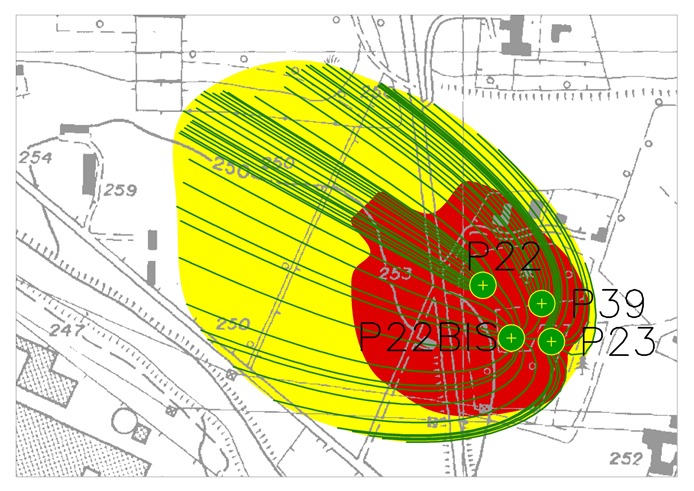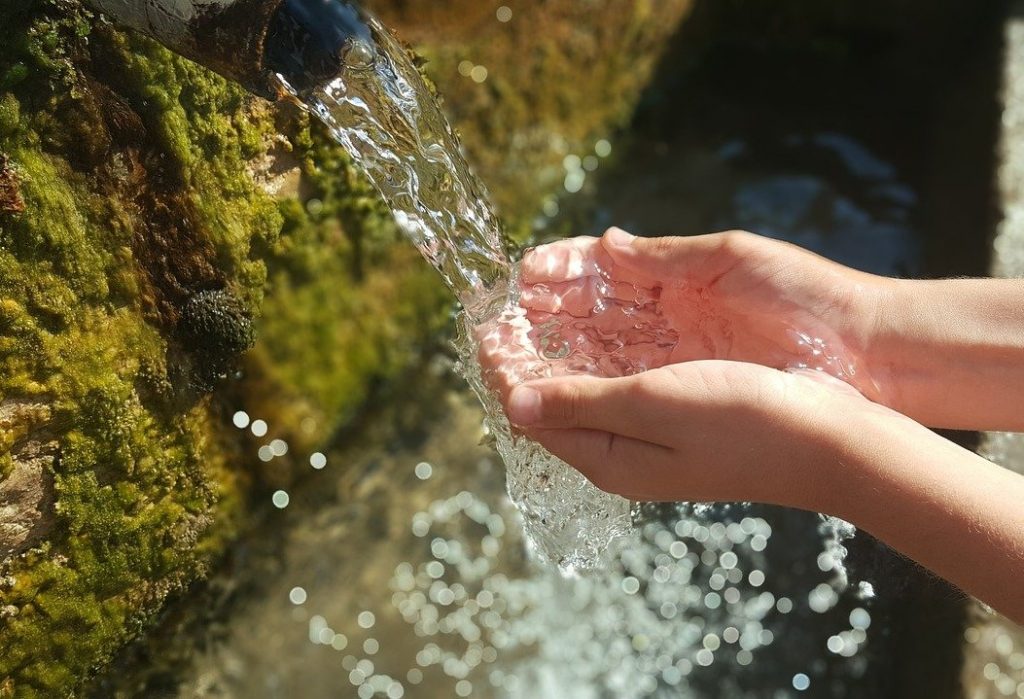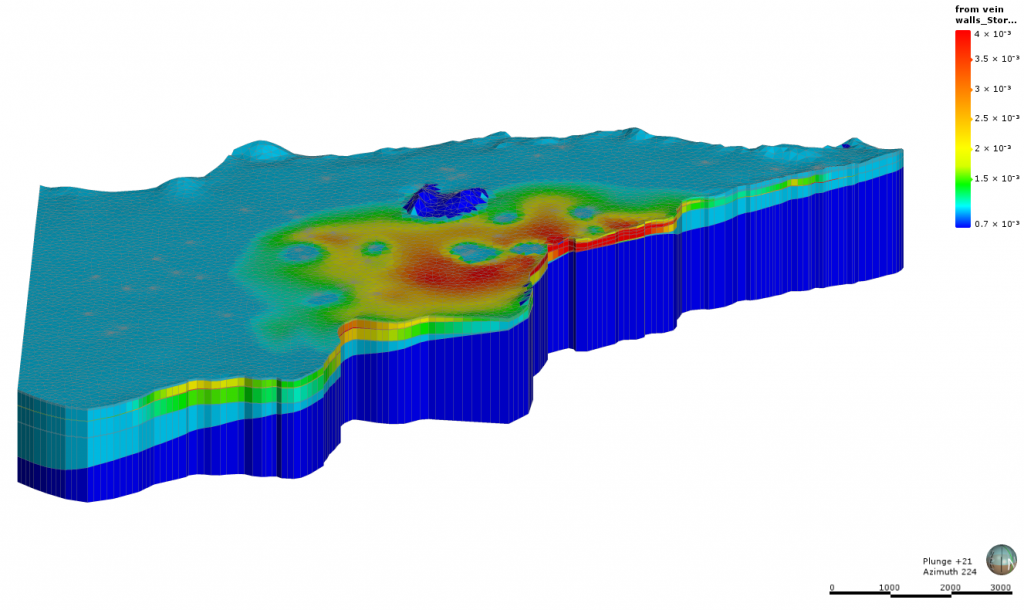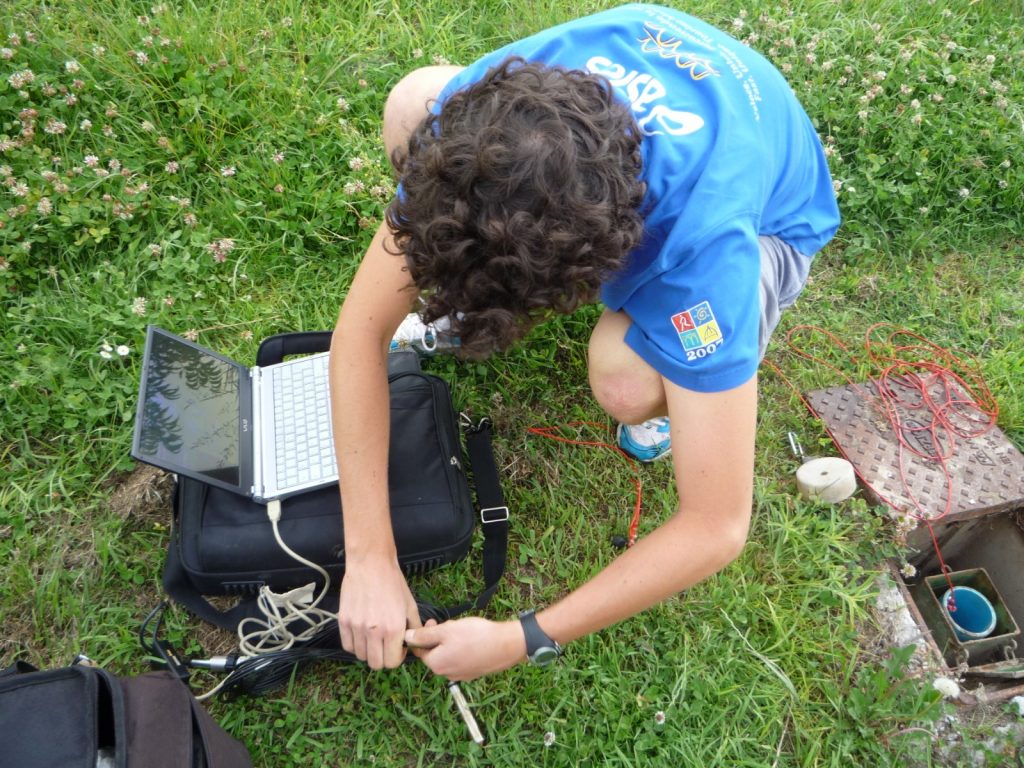An important research field of the Groundwater Engineering group concerns colloid transport in porous media, both from an experimental and a modelling point of view. The particles studied in the recent years include model colloids …
Microplastics and nanoplastics are anthropic contaminants mainly originated from the secondary degradation of macroplastics discharged in the environment. Their pervasive presence in the environment and their potential toxic effects on human health make them plastic-derived pollutants of emerging concern. The Groundwater Engineering Group aims at developing experimental methods and modeling tools to study their environmental fate in the subsoil and groundwater.
The toxicity and mobility of chemical substances used in agriculture (agrochemicals) has a significant impact on the quality of soil, surface and subsurface water. The Groundwater Engineering Group develops new environmental friendly nanoparticle-based solutions with the aim of minimizing their dispersion in the subsoil and groundwater.
The definition of WHPAs around the abstraction points is employed for the protection of subsurface water sources for human consumption. WHPAs are usually determined by the calculation of the well capture zone and isochrones along the flow pathlines, using deterministic or probabilistic methods. Concerning deterministic capture zones, the Groundwater Engineering Group developed the APA model, a methodology for the automatic delineation of time-related protection areas.
Health risk assessment quantifies the toxicological effects of a contaminant release on human beings and the environment. The Groundwater Engineering Group develops approaches and tools to predict the long-term fate and consequent potential risk of conventional and emerging contaminants (e.g. nanoparticles, nanoplastics).
Groundwater monitoring is one of the main pre-requisites for an effective management of groundwater resources. It consists in the design of the monitoring system, and the collection, processing and interpretation of data in order to respond to information needs. The Groundwater Engineering Group has advanced expertise in aquifer characterization and groundwater monitoring by means of standard and advanced techniques. The Groundwater Engineering Group cooperated in the groundwater monitoring of the building sites of the MOSE Project to protect the Venetian Lagoon against tidal flooding.
Environmental remediation, although designed to remedy contamination and reduce risks to human health and the environment, also has the potential to cause environmental, economic and social impacts. The Groundwater Engineering Research Group is particularly active in seeking new approaches and tools for the Sustainable Remediation (SR) of contaminated sites.

The Groundwater Engineering Research Group participated in numerous European Research projects, among which NANOREM, AQUAREHAB, and REGROUND. It also collaborated in international joint research projects for geothermal potential evaluation, such as GRETA.









